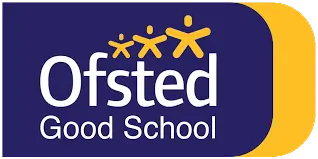Year 2 – Autumn 1
English
 |
|
Maths
 |
|
Science
 |
Materials
|
Computing
 |
Basic Skills
|
PE
 |
Yoga/Multi-skills
|
PSCHE
 |
Me and My Relationships
|
History
 |
To investigate and interpret the past:
|
Geography
 |
Local Journeys
|
Art and Design
 |
|
RE
 |
|
Music
 |
Pitch and Melody
|

